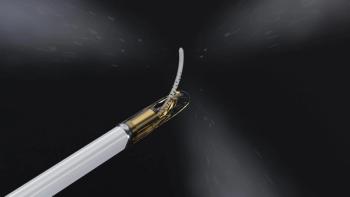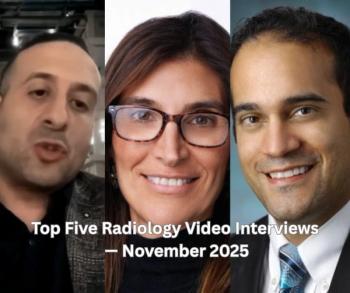
Ultrasound as Effective as CT in Detecting Kidney Stones
Ultrasounds accurate for initial screening for kidney stones.
Ultrasounds are as accurate as CT scans in detecting kidney stones, according to an article published in the
Researchers from the University of California, San Francisco conducted a multicenter, randomized trial comparing ultrasonography with CT in detection of kidney stones. A total of 2,759 patients (aged 18 to 76) participated in the trial; 908 were randomized to point-of-care ultrasonography, 893 to radiology ultrasonography, and 958 to abdominal CT. The point-of-care ultrasounds were performed by emergency room physicians. Some patients who were first examined with ultrasound did receive a follow-up CT exam at the physician's discretion.
Patients were contacted at 3, 7, 30, 90, and 180 days after randomization to assess study outcomes.
Three primary outcomes were identified for the study:
• High-risk diagnoses with complications that could be related to missed or delayed diagnoses;
• Cumulative radiation exposure from imaging;
• Total costs.
Secondary outcomes were:
[[{"type":"media","view_mode":"media_crop","fid":"27847","attributes":{"alt":"","class":"media-image media-image-right","id":"media_crop_7083930268562","media_crop_h":"0","media_crop_image_style":"-1","media_crop_instance":"2761","media_crop_rotate":"0","media_crop_scale_h":"0","media_crop_scale_w":"0","media_crop_w":"0","media_crop_x":"0","media_crop_y":"0","style":"border-style: solid; line-height: 25.0078811645508px; height: 151px; width: 100px; float: right;","title":"Rebecca Smith-Bindman, senior author, University of California, San Francisco","typeof":"foaf:Image"}}]]
• Serious adverse events;
• Related serious adverse events;
• Pain;
• Return emergency department visits;
• Hospitalizations;
• Diagnostic accuracy.
The results showed that the incidence of high-risk diagnoses with complications in the first 30 days was low (0.4%) and did not vary according to imaging method. In addition, the mean six-month cumulative radiation exposure was significantly lower in the ultrasonography groups.
All groups had similar rates of adverse events, average pain score, return emergency department visits, hospitalizations, and diagnostic accuracy.
"Ultrasound is the right place to start," senior study author Rebecca Smith-Bindman, MD, professor in the departments of radiology, epidemiology and biostatistics, and obstetrics, gynecology, and reproductive medicine, UC San Francisco, said in a release. "Radiation exposure is avoided, without any increase in any category of adverse events, and with no increase in cost."
The authors concluded that ultrasounds should be used for initial diagnostic imaging, following up with CT if the physician feels it is warranted.
Newsletter
Stay at the forefront of radiology with the Diagnostic Imaging newsletter, delivering the latest news, clinical insights, and imaging advancements for today’s radiologists.



























